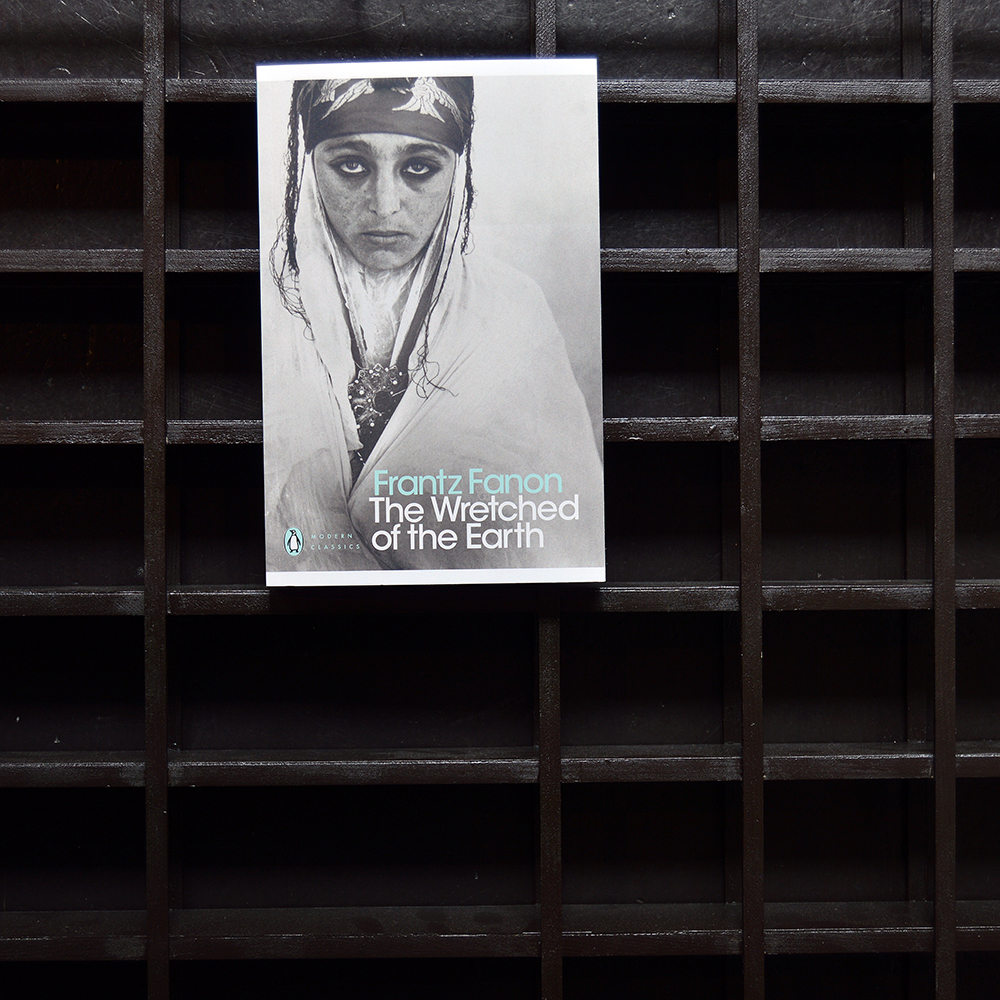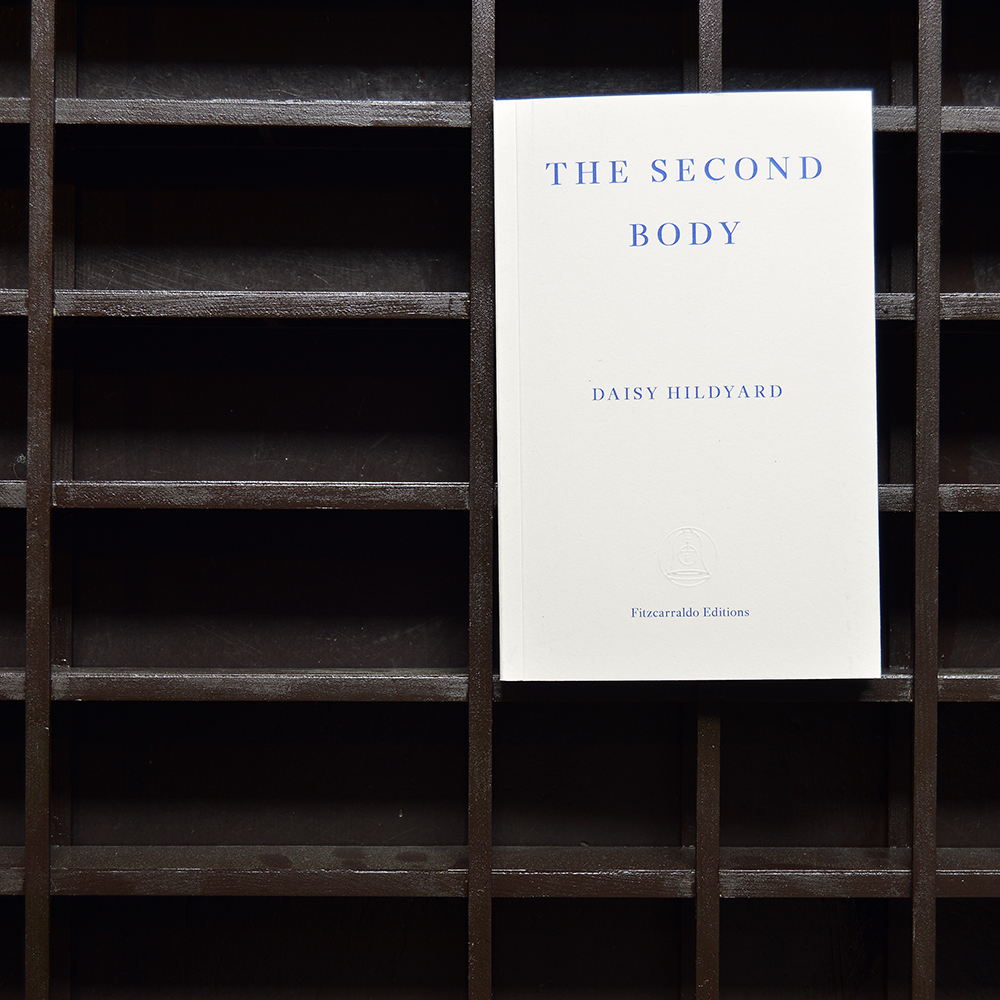** Our bookshop in Berlin-Mitte has closed ** Orders available only via www.bomdiabooks.de **

With a book, an installation in our window space and an outdoor performance series, Claudia Hill presents the travel diary of a handwoven poncho. In her project that spans ten years, the artist challenged the participants to ask the question: What is the most essential element of what you do, and how can it be shared in a significant way? Hill shows this to be an urgent question, locating the value of art in its relational and transformative contingencies. The poncho was passed between artists in different geographic locations during this ten-year period. Every artist, or occasionally someone on their behalf, handed it off to the next participant, and Hill would prompt them: “Do something with this, and then send me something.” The results of these projects will be published in a book with 30 different contributions, released alongside the exhibit. In the book, as well as through the video project on view at Efremidis, Hill evokes a collective consciousness emerging from this garment. Weaving the poncho was the starting point of the piece, and this gesture ultimately became one of care and togetherness. As poet CAConrad exclaims, “I feel the beautiful residual haunting of those who wore it before me!” ↑ ↓ ↓
€26,00

Adrian Williams. The Curve focuses on the sunset, the moment between day and night structuring our days into a before and an after. Our baring witness to the sunset relies on the specific constellation of time and place, events bound to the trajectory of the sun. The book is composed of three reflections on this space of transition as the sun slips beyond our line of sight. The horizon, the line between earth and sky becomes a surface for projection, for form in the absence of it, and although the sun sets every day, its movement familiar and predictable, it is nevertheless spectacular. The Curve is based on a performance of the same name by the U.S. artist Adrian Williams, realized in 2019 with six musicians at Preußenstadion home of the third-division soccer team SC Preußen Münster. At sunset, the stadium became the setting for an acoustic intervention of light and sound. The book extends the performance beyond its original venue with Münster’s Preußenstadion as its starting point. The three authors introduce encounters at dusk from different perspectives and tell stories linked to the course of the sun. Merle Radtke shares memories of sunsets seen and the art historical relationships to the natural spectacle we award them. From a rooftop in Washington, D.C., Matthathias Schwartz reenacts The Curve, listening to recordings from the stadium in Münster, at another place and time. Adrian Williams writes through the piece of the piece, voicing a possibility for the work’s intent. These three texts are wound between Williams’ photographs of sunsets at dusk: light on clouds, a reflection in a window, the glow behind a mountain. These images are always evidence of an instance recorded, of having been present at a time and place, for the meeting of the sun at the horizon. ↑ ↓ ↓
€21,00

The motifs produced during time-intensive dyeing processes – which uses indigo, urine, and extracts of natural waste materials – are neither conventional fabric nor lace patterns, and they have only a distant relationship to batik painting. Yet, they are simulations and portraits of both. Pattern Nor Painting starts in a batik Workshop in Bantul, Indonesia where an artist reconnects with her blank canvas and the batik techniques she learned from an artist in Serekunda, the Gambia many years ago. As documented in this publication Van Hoorebeke’s installations and performances deftly combine unique textiles and ceramics with production-chain goods, ranging from car parts to strawberry jam. Engaging with ages-old traditions of batik production for present-day communities and settings, her work embodies ancient craft, story-telling, time, female thinking, and above all, a connection to the natural world. ↑ ↓ ↓
€28,00
SOLD OUT

Frantz Fanon's seminal work on the trauma of colonization, The Wretched of the Earth made him the leading anti-colonialist thinker of the twentieth century Translated from the French by Constance Farrington, with an introduction by Jean-Paul Sartre Written at the height of the Algerian war for independence from French colonial rule and first published in 1961, Frantz Fanon's classic text has provided inspiration for anti-colonial movements ever since, analysing the role of class, race, national culture and violence in the struggle for freedom. With power and anger, Fanon makes clear the economic and psychological degradation inflicted by imperialism. It was Fanon, himself a psychotherapist, who exposed the connection between colonial war and mental disease, who showed how the fight for freedom must be combined with building a national culture, and who showed the way ahead, through revolutionary violence, to socialism. ↑ ↓ ↓
€14,90

Every living thing has two bodies. To be an animal is to be in possession of a physical body, a body which can eat, drink and sleep; it is also to be embedded in a worldwide network of ecosystems. When every human body has an uncanny global presence, how do we live with ourselves? In this timely and elegant essay, Daisy Hildyard captures the second body by exploring how the human is a part of animal life. She meets Richard, a butcher in Yorkshire, and sees pigs turned into boiled ham; and Gina, an environmental criminologist, who tells her about leopards and silver foxes kept as pets in luxury apartments. She speaks to Luis, a biologist, about the origins of life; and talks to Nadezhda about fungi in an effort to understand how we define animal life. Eventually, her second body comes to visit her first body when the river flooded her home last year. The Second Body is a brilliantly lucid account of the dissolving boundaries between all life on earth. ↑ ↓ ↓
€12,00
SOLD OUT
